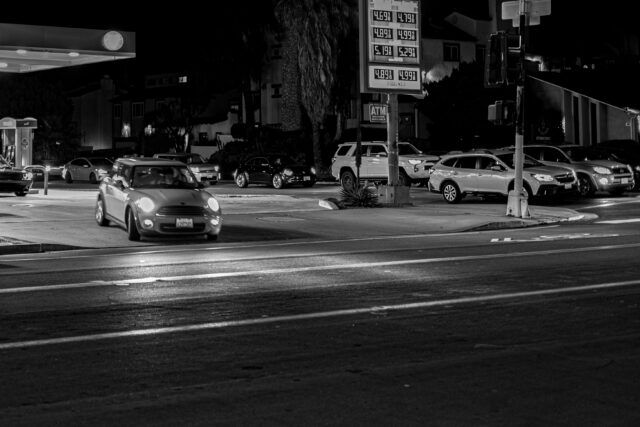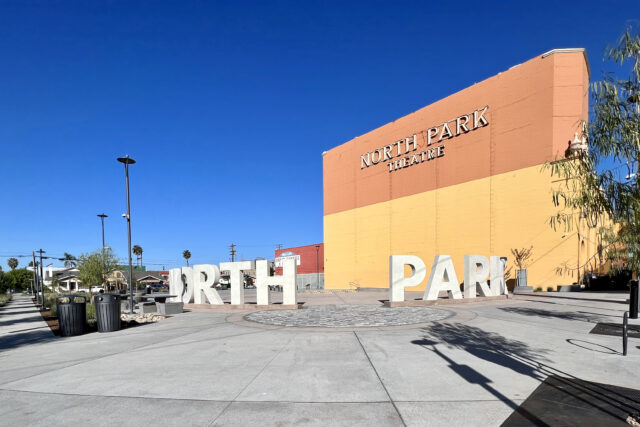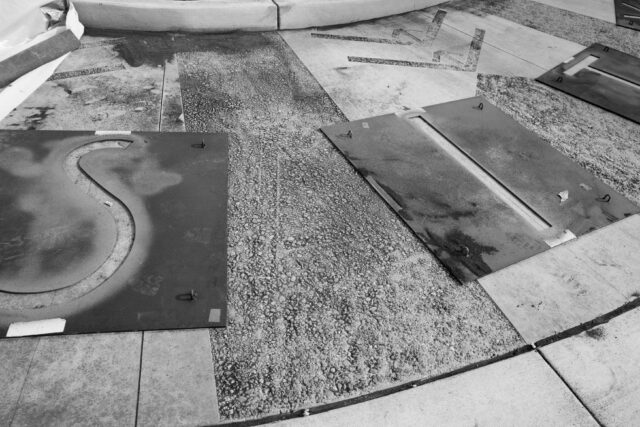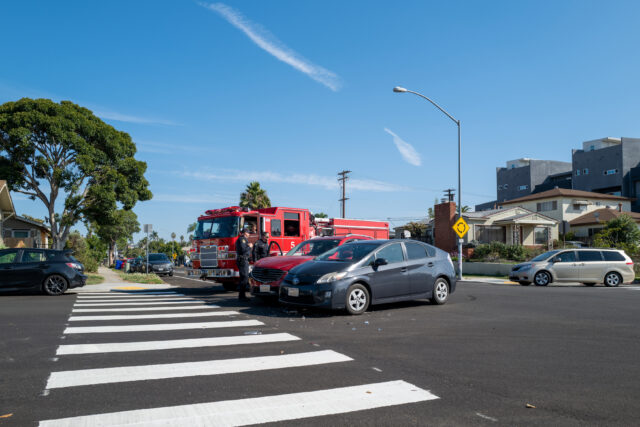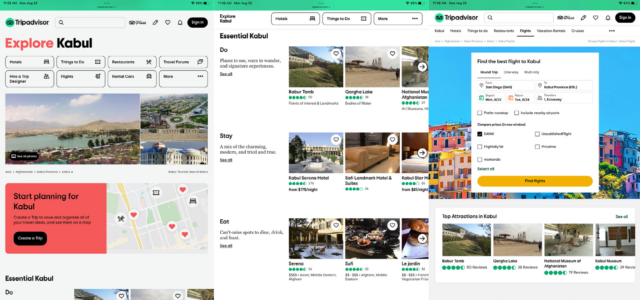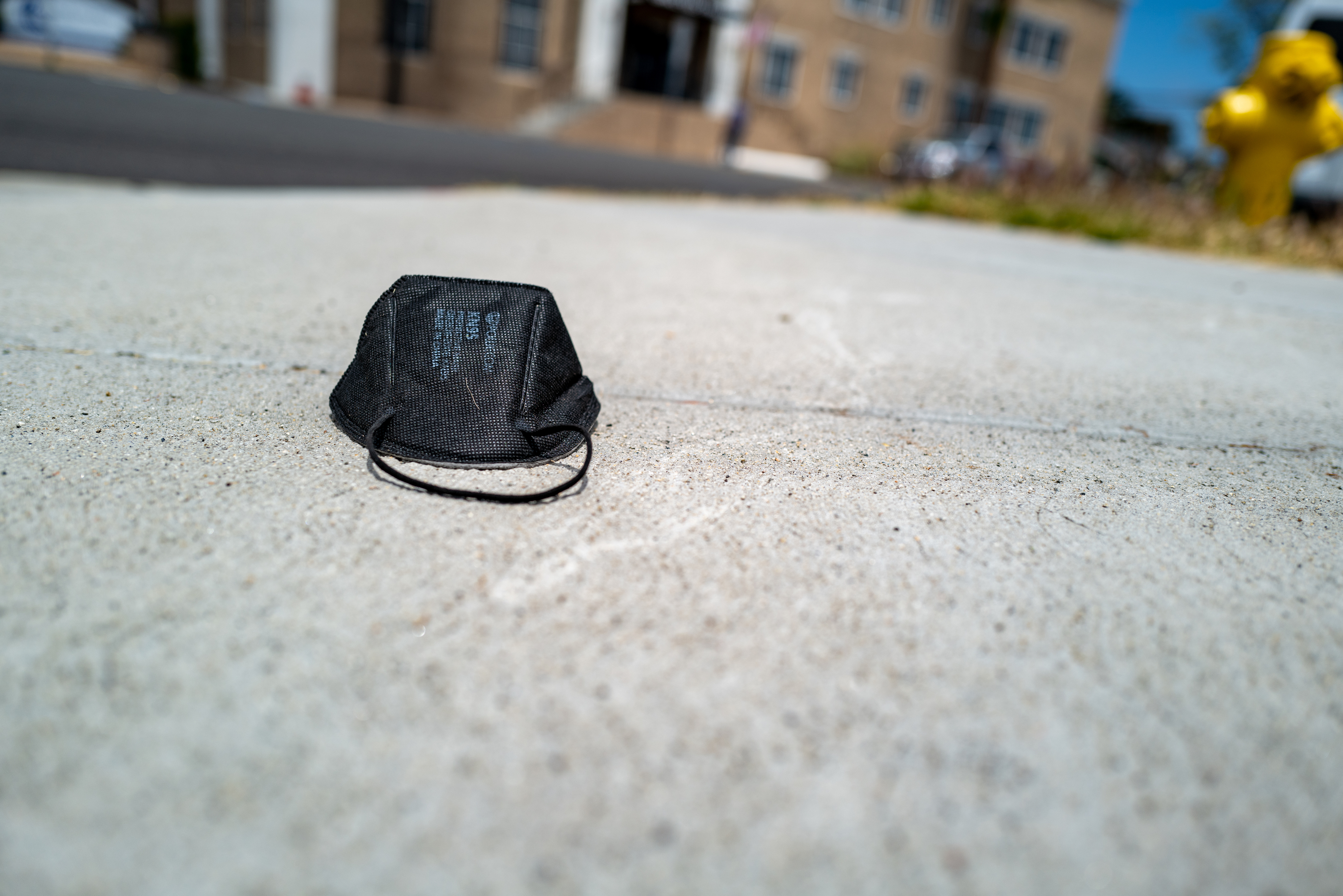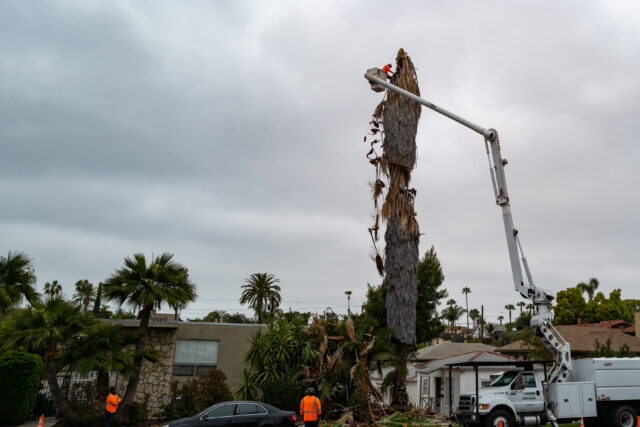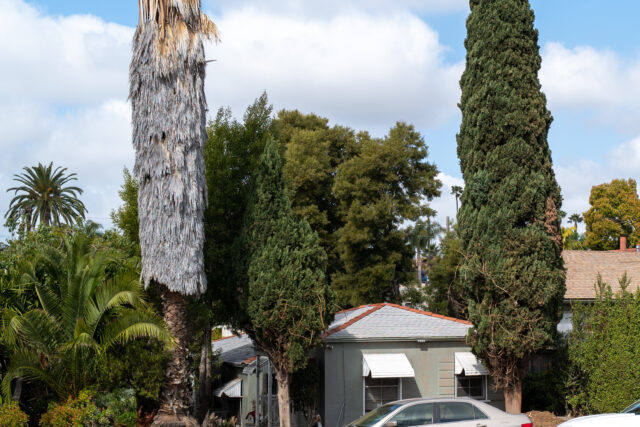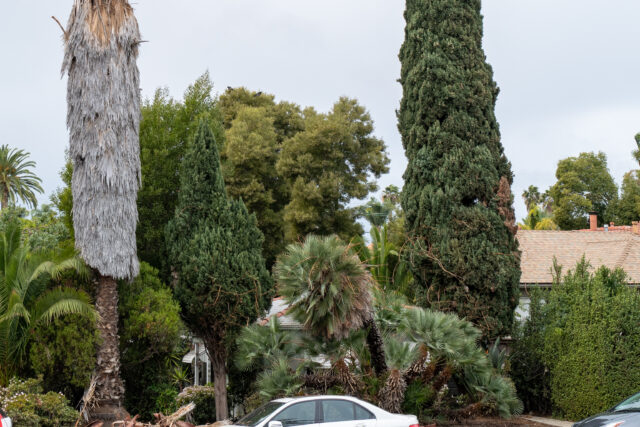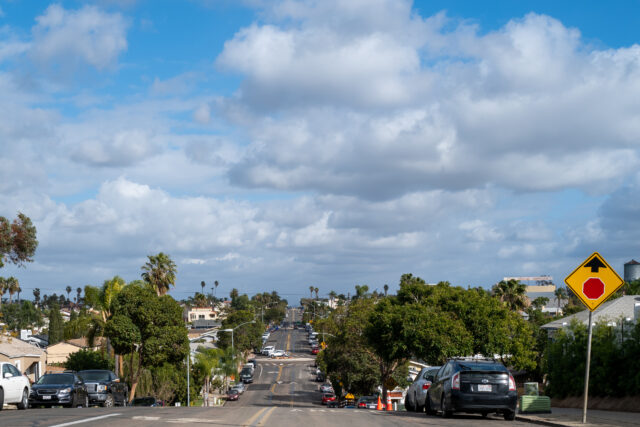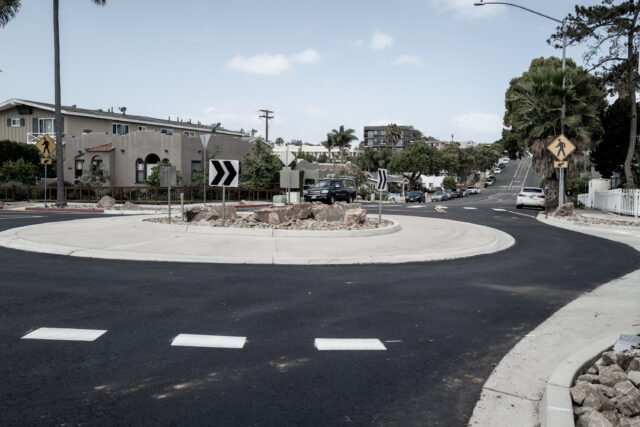My work blog for JupiterResearch disappeared after Forrester’s acquisition during Summer 2008. I had long left the analyst firm and smartly brought a copy of all the content with me. On April 7, 2005, I griped about Congress’ plan to add two months to Daylight Saving Time, which, incidentally, commenced day before yesterday for 2022.
This afternoon, my newsfeeds flared with a report from Washington, D.C. that our, uhm, illustrious senators unanimously voted for the so-called Sunshine Protection Act, which would make DST permanent. Meaning: Year-round. I am almost impressed by their god-like gall—that they, and they alone, can protect the sun. Okay, they do need cooperation of the House of Representatives drafting like legislation and signature from the President. But aren’t they, as a collective group, one big ego? You don’t need answer.
